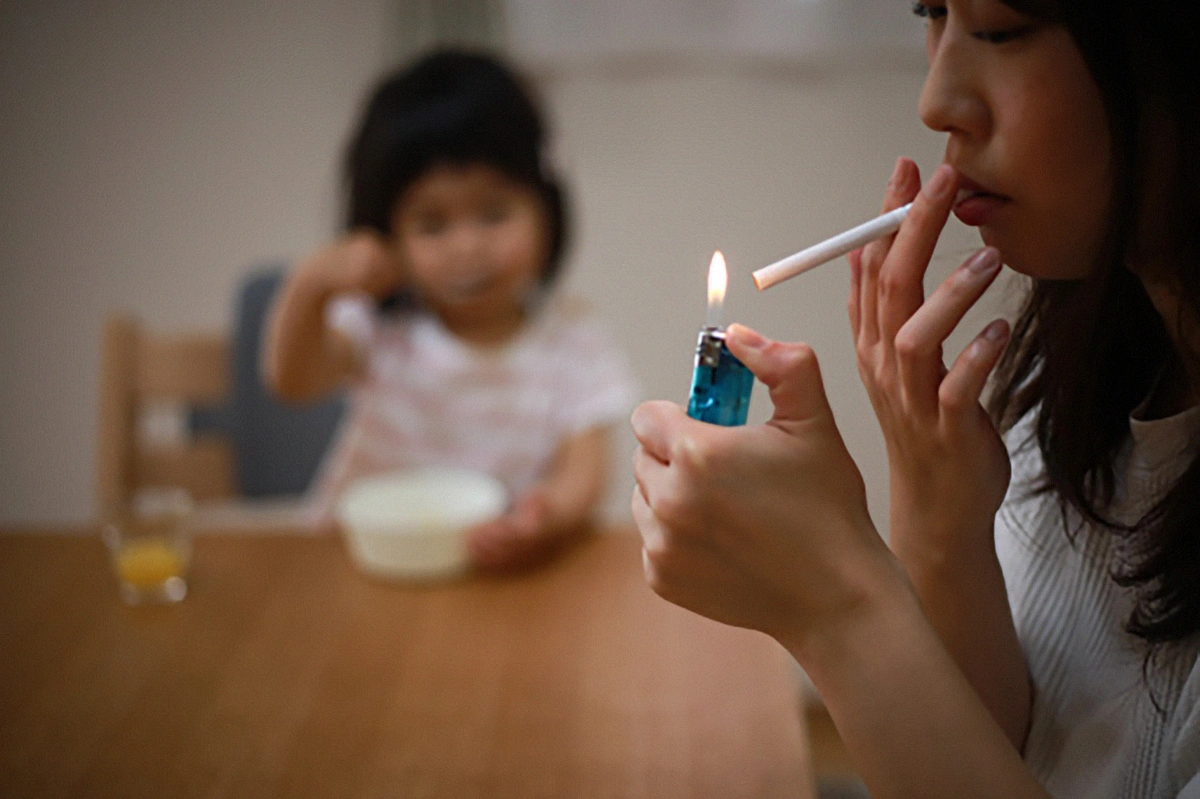
How do we ensure clean air or Air Security as a human right?
You have roughly one in two chances of inhaling air that exceeds World Health Organization standards for air pollution if

Seasonal affective disorder is a kind of depression related to changes in seasons or your surroundings. For example, sometimes people feel depressed at the start of the fall season and continue through winter until the beginning of spring, when the symptoms disappear naturally. Similarly, instances like considerable pollution causing smog-like events may tend to the development of seasonal affective depression. Generally, low temperatures coupled with smoke or air pollutants in the ambient atmosphere lead to a situation where sunlight reduces incrementally. This can trigger depression associated with seasonal affective disorder.
Air pollution contains many individual pollutants, including particulate matter (PM), gaseous pollutants and metallic and organic compounds. WHO, in a study from 2016, has mentioned that particulate matter – in itself a complex, heterogeneous mixture is responsible for the largest proportion of air pollution’s physical health impacts. There is mounting evidence for unassailable means by which it might affect the risk of multiple mental health consequences.
● nervous feelings with no cause
● feelings of remorse and worthlessness
● anxiety and irritability
● problems in making decisions
● less attention
● constant low mood
● decreased libido
● hyper activity
● crying with no apparent reason
● feeling of tiredness
● sleeping for too long
● diminished interest in activities that once were interesting
● difficulty focusing
● weight gain
● suicidal ideas
Pollution to atmospheric air can be caused due to pollutant gases, suspended particulate matter and biological molecules or agents. During the winter months of the year, due to low ambient temperature, the pollutant concentration remains in the atmosphere, creating a concentrated layer
of contaminated air that leads to various respiratory illnesses.
Achieving air security by ensuring that the air we inhale is clean and safe is vital to a healthy life. Human beings when exposed to air pollutants whether short-term or long-term are susceptible to adverse health effects. Unfortunately, data shows that more than 99% (3) of the global population inhales air with higher than permitted pollutant concentrations.
Particulate matter in the air penetrates the lungs and enters the bloodstream, causing cardiovascular diseases, cerebrovascular stroke and other respiratory diseases. In addition, it is now confirmed that long-term exposure to some air pollutants can lead to lung cancer.
Studies have convincingly proved that year-round exposure to air pollutants has led to asthma development in children and worsening chronic obstructive pulmonary disease (COPD) in adults. In addition, it has slowed lung function growth in children and teenagers, increased the risk of death from cardiovascular disease and increased the risk of heart attacks and strokes.
The feeling of winter approaching can cause various respiratory ailments, resulting in winter blues in some people. Therefore, it is important to assess the requirements of individuals and provide tailor- made solutions to meet the treatment objectives.
The air we breathe should be clean from various pollutants like harmful gases, particulate matter or biological pollutants. Different solutions available in the market include air filters, air purifiers, air fresheners and ionisers. Building air security is critical to ensuring the well-being of the
inhabitants. In studies conducted to mitigate problems of seasonal affective disorders (SAD), Negative air ionisation involving releasing charged particles into the sleep environment has been found to be effective. With a higher density of negative ions in the controlled atmosphere, a 47.9% improvement was observed. Thus, in addition to other forms of treatment, negative air ionisation is suggested to play an important role in achieving the air security requirements of homes, offices and other indoor spaces.
There are many kinds and sizes of air purifiers in the market, from relatively affordable table-top models to sophisticated whole-house systems. Some air cleaners are highly effective at particle removal, while others, including most table-top models, are much less so. Depending on the dimension of the room and the concentration of pollutants, air purifiers of adequate size must be chosen for effective performance. The price of air purifiers or air cleaners is low compared to the financial and social damage the diseases related to air pollution can do to human beings.

You have roughly one in two chances of inhaling air that exceeds World Health Organization standards for air pollution if

It’s funny how often we get confused between Air security and Aviation security, but we fail to realise how both

While both men and women are susceptible to indoor air pollution’s harmful effects, women are more vulnerable to its effects.

As very few people are aware of indoor air pollution, they don’t know how water leaks worsen indoor air quality.

The indoor environment plays an important role in human health. There is a lot of literature describing how indoor air

Tobacco and humans have had a very long association. Archaeologists have found the use of tobacco since 1 BC in